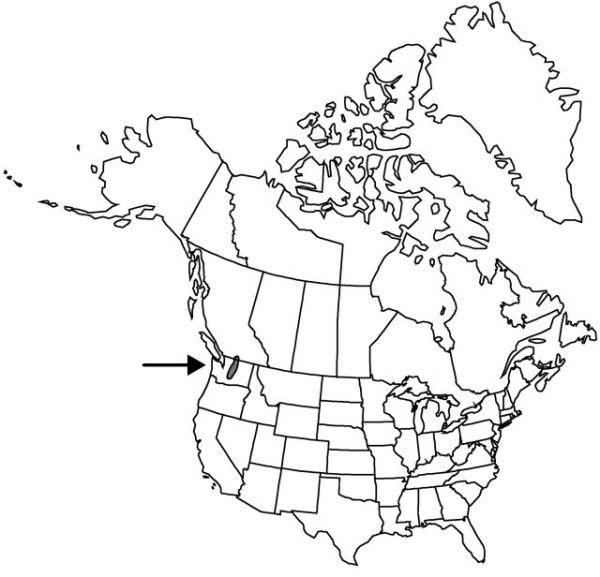Difference between revisions of "Calochortus lyallii"
J. Linn. Soc., Bot. 14: 305. 1874.
FNA>Volume Importer |
FNA>Volume Importer |
||
| Line 46: | Line 46: | ||
|publication year=1874 | |publication year=1874 | ||
|special status= | |special status= | ||
| − | |source xml=https://jpend@bitbucket.org/aafc-mbb/fna-data-curation.git/src/ | + | |source xml=https://jpend@bitbucket.org/aafc-mbb/fna-data-curation.git/src/8f726806613d60c220dc4493de13607dd3150896/coarse_grained_fna_xml/V26/V26_177.xml |
|genus=Calochortus | |genus=Calochortus | ||
|species=Calochortus lyallii | |species=Calochortus lyallii | ||
Revision as of 16:42, 18 September 2019
Stems not branching or with branch in axil of cauline leaf, straight, 1–5 dm. Leaves: basal solitary, persistent, 1–3 dm × 2–20 mm, usually not exceeding inflorescence; blade tapering toward both ends. Inflorescences subumbellate, 1–9-flowered; bracts 2–several, lanceolate to linear, attenuate, unequal, 1–5 cm; peduncle slender, becoming stiffly erect in fruit. Flowers erect or spreading; perianth open, campanulate; sepals white or purplish-tinged, usually with purple crescent, lanceolate, usually equaling petals, often adaxially papillose, apex acuminate to attenuate; petals white or purplish-tinged, usually with median, red-purple, adaxial crescent distal to gland, ovate to lanceolate, abruptly contracted at base into short, conspicuous claw, usually conspicuously fringed with long, slender hairs, adaxial surface ± papillose, bearing a few long hairs distal to claw, apex acute to acuminate; glands transversely oblong, depressed, arched upward, bordered proximally by narrower, crenate membrane, with short, thick hairs toward distal margin of enclosed surface, both fringe of lower membrane and hairs densely long-papillose; filaments basally dilated, ± equaling anthers; anthers oblong-lanceolate, apex acute to short-apiculate. Capsules erect, 3-winged, ellipsoid, base and apex acute. Seeds irregular. 2n = 20.
Phenology: Flowering late spring–mid summer.
Habitat: Dry slopes, open coniferous forests
Elevation: 300–1500 m
Discussion
Selected References
None.

